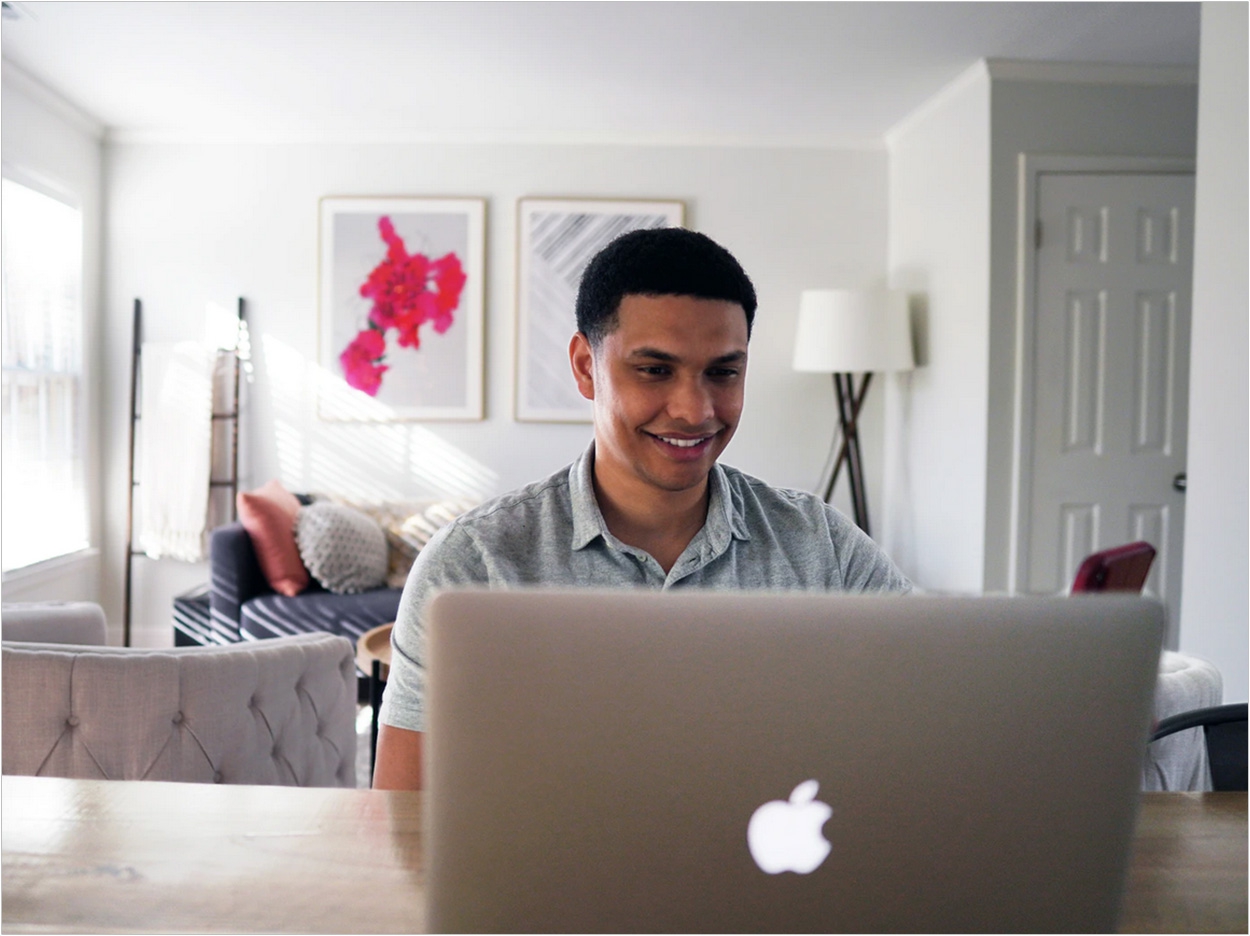
Remote consultations via phone and video present significant challenges for dentists and patients alike, according to the Dental Defence Union (DDU), which surveyed 255 of its members about their teledentistry experiences.
According to the DDU, most remote consultations were phone consultations (91%) undertaken in the workplace (64%) instead of at home (13%). During these consultations, DDU members were most concerned about:
- Their ability to assess the patient (38%)
- Indemnity coverage for this type of work (19%)
- Communication problems (9%)
- Maintaining confidentiality (6%)
- Taking contemporaneous notes (6%)
- Obtaining patient consent (6%)
“The use of remote consultations has increased dramatically during the pandemic. While much face-to-face dentistry has resumed, remote consultations are still useful, particularly when triaging patients and when helping to protect vulnerable patients. However, they still present some challenges for dental professionals,” said Leo Briggs, deputy head of the DDU.
“It can sometimes be difficult to ascertain whether consent has been given. Another problem can be developing a rapport with a patient using remote methods, as the patient may not be familiar with this style of consultation and may feel uncomfortable,” said Briggs.
“It is therefore important to put them at their ease from the outset. This in turn will benefit the consultation by making it easier for the patient to provide relevant information and respond to questions,” said Briggs.
“The DDU provide indemnity for members who carry out remote consultations during the pandemic. Members do not need to let us know they are carrying out this work unless it increases the number of sessions they work,” Briggs said.
Related Articles
Teledentistry: A Catalyst for Multi-Disciplinary Treatment of Pandemic-Related Anxiety
Harvard Give Kids a Smile Event Takes a Hybrid Approach to Care
MouthWatch Announces This Year’s Teledentistry Award Winners












